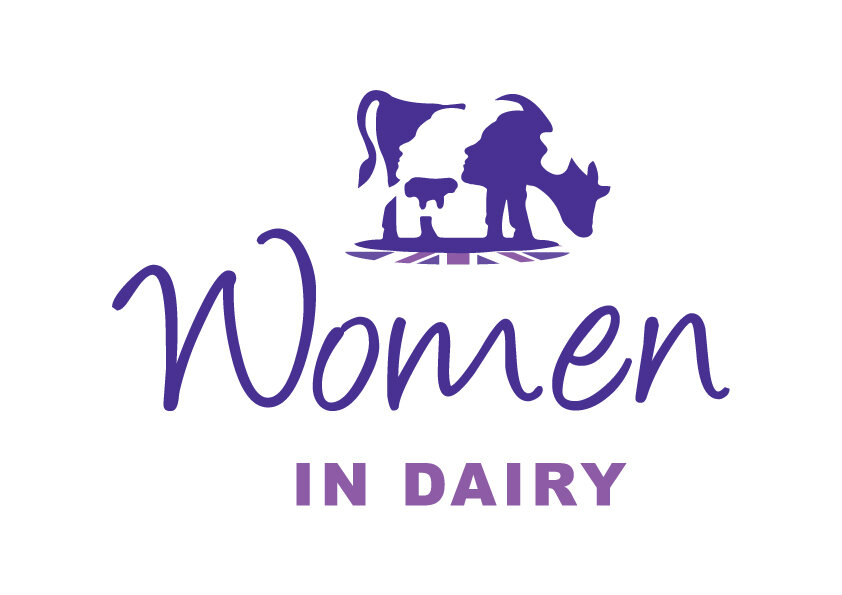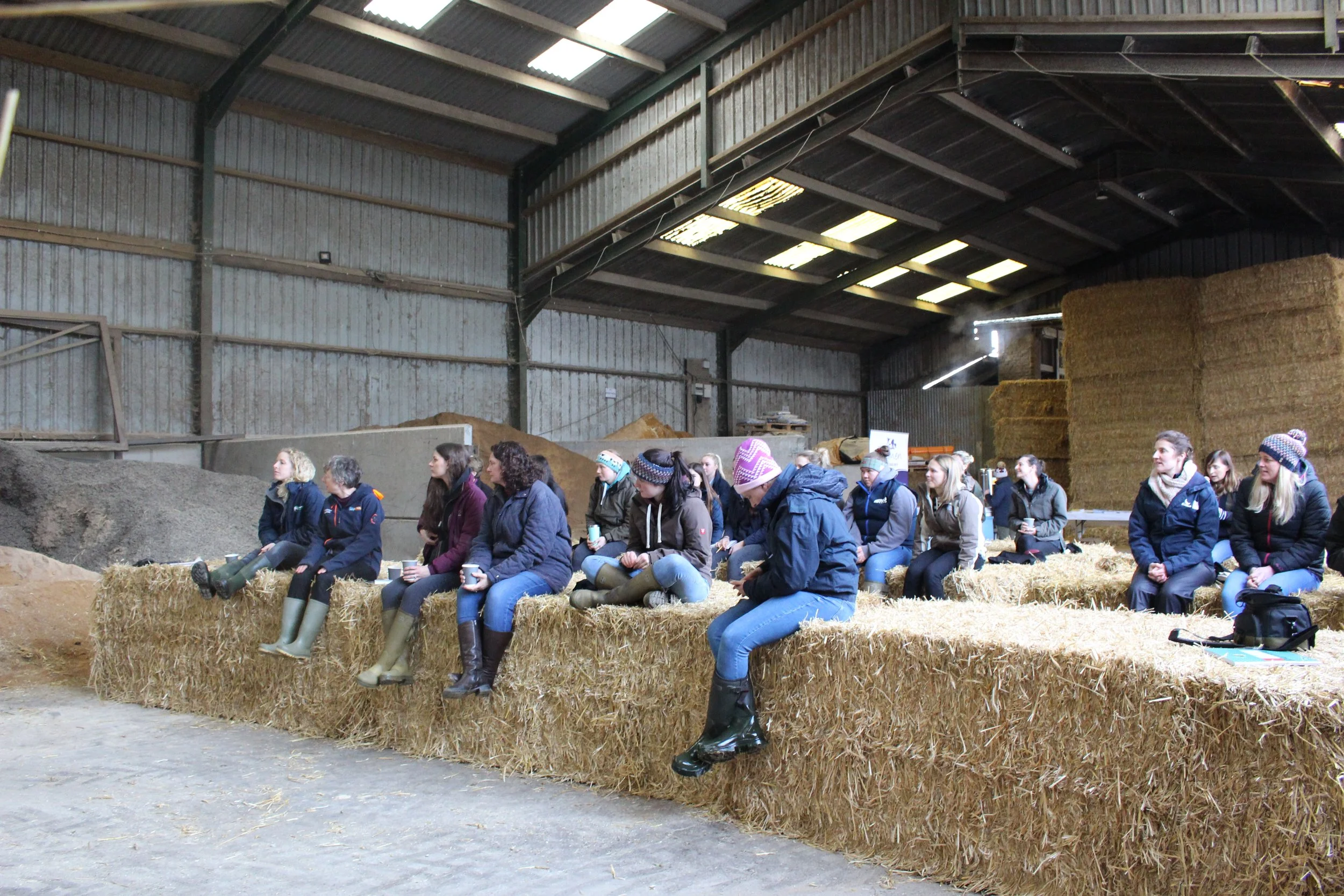Dairy farmers can help save costs on their farm by bringing down their age at first calving by measuring, monitoring and acting on data, visitors to a recent Women in Dairy meeting in Cheshire (30 March) heard.
Karen Halton of Halton Farms, Dairy Industry Woman of the Year 2020, explained how a change in focus on their farm to calve 90% of heifers at 22 months had resulted in a saving of £270 a heifer.
Two years ago, the farm was averaging heifers calving at 22 months. But when Karen and her vet Mark Hickinson of Sandstone Vets looked at the range, some were calving at 20 months and others at 27 months.
This changed how the farm used data, focusing on ranges rather than averages. Karen said: "Using averages didn't feel like truthful data. So, over the last 1.5 years, we have backed off a bit, and now we have nothing calving outside of 24 months. We now aim to have 90% of heifers calving by 22 months."
Kath Aplin, from WID national sponsor Boehringer, says it is important that farmers start by setting targets that are achievable and relevant to their individual farm situation. “Set yourself a timeframe in which to achieve these targets. You’ve got to start with your cow’s mature body weight and work backwards. You’ve then got to do something with that data,” she said.
To work out youngstock targets, you can:
1. Work out the mature bodyweight of your cows
2. Calculate 90% of the mature bodyweight, which is the target weight to calve cows down at 24 months
3. Calculate 60% of the mature bodyweight, which is the target weight for serving cows at 13 months old
4. Calculate the target growth rate from birth to service. You can do this by deducting the birth weight from the service weight and dividing it by 400 days
5. Calculate weaning weight
Bulling at the right weight and calving down at 22 months has saved Halton Farms money, with each heifer going through the system costing £270 less. This saving is coming from:
• Improved maiden heifer fertility. On average, only 1.2 straws of semen are needed compared to 2.2 before
• Reducing the number of days to first calving
• Heifer milk yield maintained – 10,500l in a 305-day lactation
• First lactation fertility improved- 100-day in calf rate at 100%
• First lactation culling rate for fertility reduced- three years ago it was 10-15% now it's a 0%
To achieve such targets, attention to detail by every staff member is paramount. Karen's philosophy is that if she were to get run over by a bus tomorrow, the calves would never know, with every team member able to perform the job correctly.
This means protocols are in place at every stage in calves' life. Karen said:" You've got a six-week window to grow calves, and you can't get that back. This means there is no compromise for that six weeks."
Southern spring meeting 28 April
The second Women in Dairy spring meeting is in Dorset at the reigning Dairy Industry Woman of the Year winner Sophie Gregory’s farm. Sophie will be opening her farm gates, focussing on calf health and management.
Becca Cavill from Women in Dairy national sponsor, Boehringer Ingelheim, will lead the discussion offering practical advice on calf management. Sophie will be joined by her vet to highlight improvements they have made on the farm to better calf health. The event is free for WID members or £15 for non-members. Find out more or register for your tickets now

